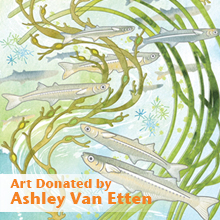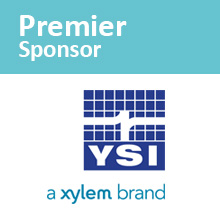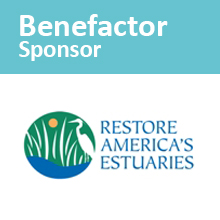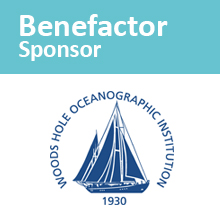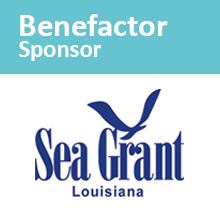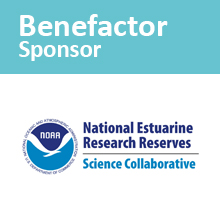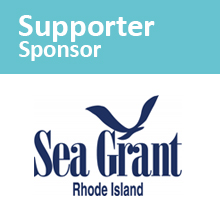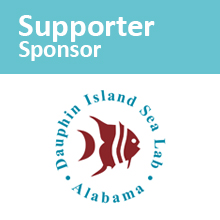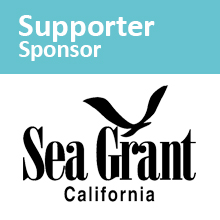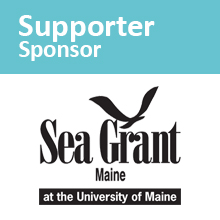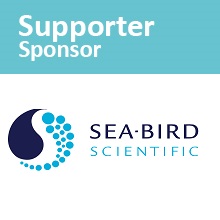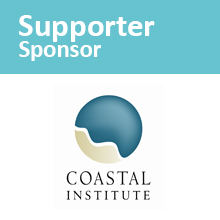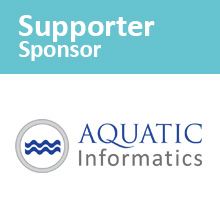|

Mapping Estuarine / Near-Coastal SAV: Sharing Best Practices
Estuarine and near-coastal SAV performs many important environmental functions and these resources have long been managed preserve and enhance their presence in the landscape. Most of these management efforts take place at the state or local level and follow methods that are strongly influenced by local technical capacities (technical and financial). Recent technological advances now present new mapping options for researchers and those charged with protecting SAV. Additionally, the recognition of SAV as an important carbon sink adds impetus to the need for accurate maps at the regional and national level.
A recent NOAA effort to explore what is needed to better understand the blue carbon value of seagrass recommended expanding the use of best practices in mapping SAV as a way to leverage existing expertise and also provide a better picture of the national state of SAV from a carbon budget perspective. The goals of the workshop are to familiarize participants with existing and emerging best practices for documenting distributions of SAV and to understand what aspects of SAV beds can be captured through mapping to better asses their value as a carbon sink.
Finally, the workshop will allow participants to contribute to the design of a long-term Community of Practice on SAV mapping that will allow practitioners to quickly access and share knowledge from a national pool of experts.
Technology Options for Mapping SAV: This section of the workshop will address the capabilities and cost of new sensors in comparison with existing techniques. The goal in this discussion is to inform practitioners about the most appropriate tools for their work. Selected experts on the various technologies will present the pros/cons, and costs of each one.
Assessing SAV Blue Carbon Characteristics: The carbon sequestration capabilities of SAV add to the important ecosystem services provided by these resources. This section of the workshop will explore the ability of current SAV mapping methods and programs to better inform blue carbon assessment efforts underway nationally. This will be accomplished through an interactive dialog with participants.
Building a Community of Practice: Across the nation, a wide variety of mapping methods are being used operationally and new methods are being explored. This section of the workshop will focus and facilitating information exchange within the SAV monitoring community by designing a Community of Practice (CoP). The need for a CoP on this subject is growing as a generation of SAV experts is retiring and a new generation is taking their place. These staff need access to the latest information in a forum beyond traditional white-literature publications. This interactive session will allow the group to define what’s needed in a CoP and outline roles that various organizations can play.
|


